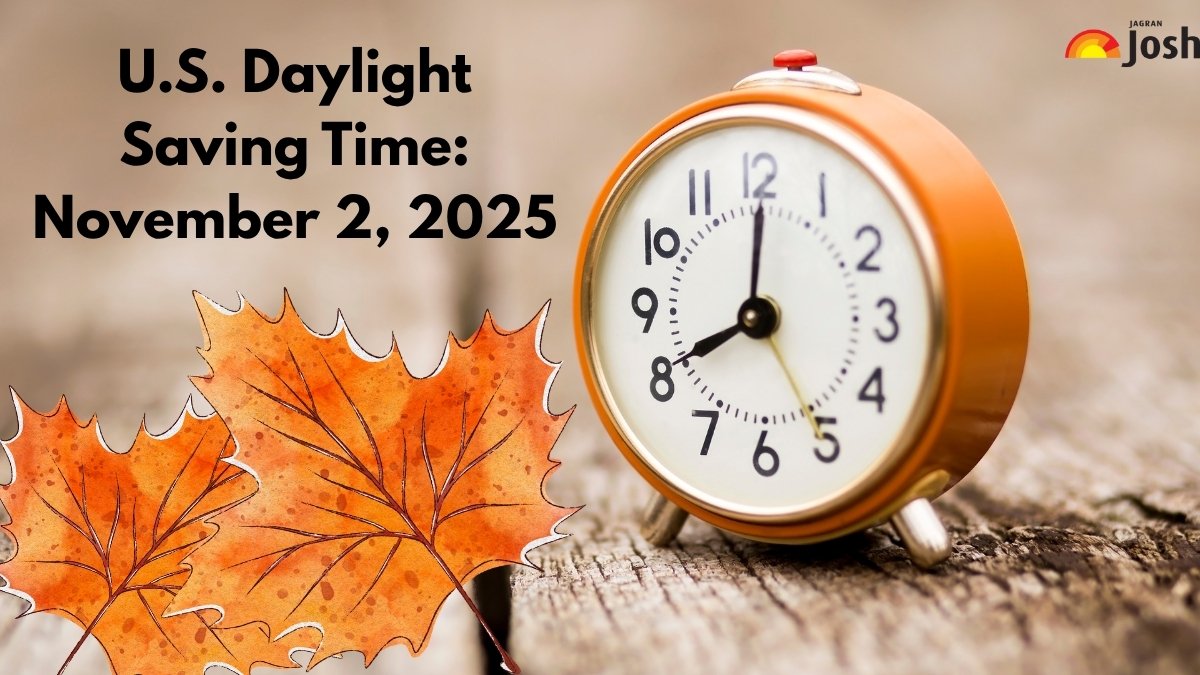Fall Back 2025 Facts: Do You Know that every November, Americans prepare to fall back for daylight saving time 2025? It is the time when clocks are set back one hour on Sunday, November 2, 2025, at 2 a.m.
Permanent Standard Time would let us sleep naturally past dawn. Daylight Saving Time makes us wake by alarm in darkness. Tell lawmakers to ditch DST! 🔗👇 pic.twitter.com/m1f2Fa0MJP
— Save Standard Time (@SaveStandard) October 22, 2025
According to the U.S. Department of Transportation (DOT), this adjustment is federally mandated and affects most of the country, except Hawaii, most of Arizona, and several U.S. territories, which stay on standard time year-round.
While the extra hour of sleep is welcome, studies show the shift can impact circadian rhythms, mood, and heart health, according to the Newsroom Heart. DST also extends evening daylight, supporting outdoor activities, tourism, and events like Thanksgiving 2025. Let us understand these official facts, which can help Americans adjust their schedules smoothly and make the most of this yearly time change.
9 Facts about Daylight Saving Time 2025 in the U.S.
Here are the essential facts and myths debunked about the Fall Back 2025, which you must know as an American:

1. Fall Back 2025 Happens on November 2
Clocks roll back one hour at 2 a.m., giving Americans extra sleep while evenings get darker sooner. This date is confirmed by the U.S. Department of Transportation (DOT), which oversees time zones and DST regulations.
2. Hawaii, Arizona, and Certain U.S. Territories Don’t Observe DST
Hawaii and most of Arizona (except the Navajo Nation) stay on standard time year-round. Territories like Guam, Puerto Rico, American Samoa, Northern Mariana Islands, and the U.S. Virgin Islands also skip daylight saving time ending in 2025 (Source: DOT).
3. Americans Gain One Extra Hour in Fall Back 2025
During fall back 2025, everyone gets an extra hour of rest, unlike the “spring forward” in March during daylight savings time begins in 2025, when an hour is lost.
4. Daylight Saving Time 2025 Impacts Sleep and Health
The clock shift affects circadian rhythms, causing fatigue, mood changes, and slightly higher heart risks. Gradually adjusting sleep schedules and increasing morning sunlight exposure can make the transition smoother.
5. The Federal Government Sets the DST Schedule
The U.S. federal government controls the official daylight saving time 2025 schedule. States may opt out, but only Congress can make DST permanent, as per the U.S. DOT / Uniform Time Act of 1966.
6. DST Is Observed by Fewer Than 70 Countries
Worldwide, fewer than 70 nations follow daylight saving time 2025. Countries like India, Japan, and China remain on standard time, and Europe is considering ending DST altogether.
7. DST Still Extends Evening Daylight Hours
Even today, daylight savings time 2025 helps lengthen evenings, supporting outdoor activities, tourism, and seasonal events like Thanksgiving 2025.
8. Origins of Daylight Saving Time 2025
DST in the U.S. began in 1918 under the Standard Time Act and was standardised in 1966. Its main goal was energy conservation during wartime, not farming.
9. The Correct Term Is Daylight Saving Time 2025
The proper phrase is daylight saving time 2025, not “savings.” “Saving” acts as an adjective describing time.
Quick Key Tips for Fall Back 2025
-
Double-check all clocks and devices for when time falls back.
-
Gradually adjust children’s schedules to align with daylight saving time ends 2025.
-
Use morning sunlight exposure and limit caffeine to ease adjustment.
-
Plan Thanksgiving Day 2025 celebrations, considering the extra hour gained.
Conclusion
Therefore,Fall Back 2025 marks another chapter in the U.S. daylight saving time 2025 tradition. By knowing these 9 essential facts, such as the official dates to health impacts, Americans can adjust smoothly and enjoy that extra hour of rest while making the most of earlier sunsets.
You May Also Like:
NBA Season 2025-26: V.J. Edgecombe Debut Highlights with Jerami Grant and DeMar DeRozan
Why Halloween in the U.S. Is Orange and Black: History, Symbolism & Traditions
What is the Capital of the Bahamas? Check Its History!
To see more of such stories, you can go ahead and add this site to your preferred sources by clicking here.
Comments
All Comments (0)
Join the conversation